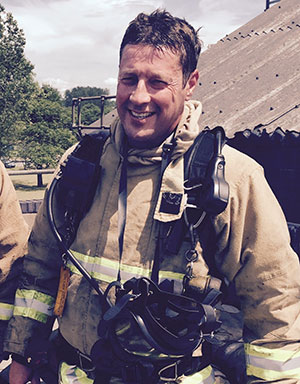Procedures for serious and imminent danger and for danger areas
15.—(1) The responsible person must—
(a)establish and, where necessary, give effect to appropriate procedures, including safety drills, to be followed in the event of serious and imminent danger to relevant persons;
(b)nominate a sufficient number of competent persons to implement those procedures in so far as they relate to the evacuation of relevant persons from the premises; and
(c)ensure that no relevant person has access to any area to which it is necessary to restrict access on grounds of safety, unless the person concerned has received adequate safety instruction.
(2) Without prejudice to the generality of paragraph (1)(a), the procedures referred to in that sub-paragraph must—
(a)so far as is practicable, require any relevant persons who are exposed to serious and imminent danger to be informed of the nature of the hazard and of the steps taken or to be taken to protect them from it;
(b)enable the persons concerned (if necessary by taking appropriate steps in the absence of guidance or instruction and in the light of their knowledge and the technical means at their disposal) to stop work and immediately proceed to a place of safety in the event of their being exposed to serious, imminent and unavoidable danger; and
(c)save in exceptional cases for reasons duly substantiated (which cases and reasons must be specified in those procedures), require the persons concerned to be prevented from resuming work in any situation where there is still a serious and imminent danger.
(3) A person is to be regarded as competent for the purposes of paragraph (1) where he has sufficient training and experience or knowledge and other qualities to enable him properly to implement the evacuation procedures referred to in that paragraph.
What the Enforcement Guidance says:


